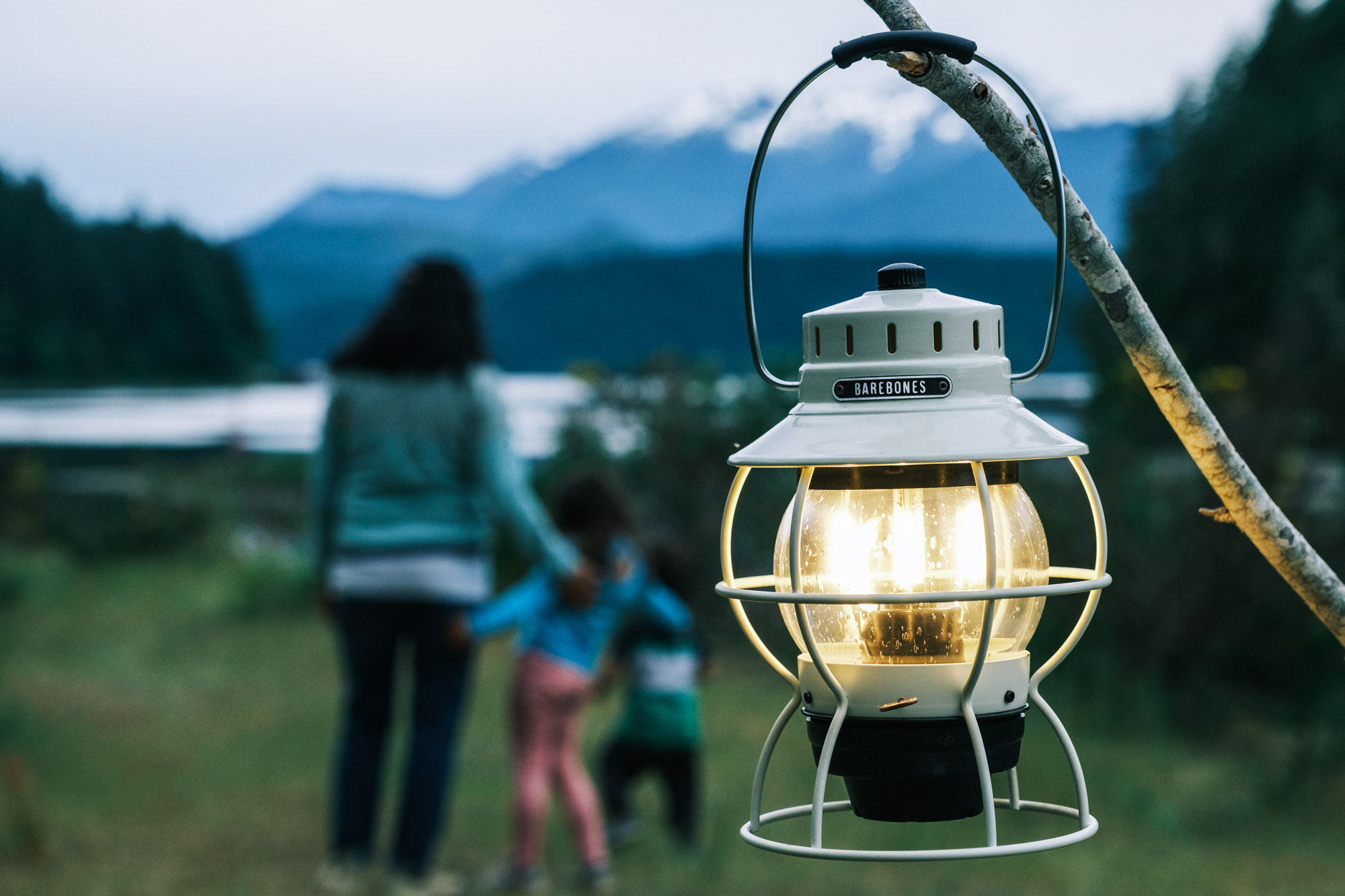
The Barebones Living Railroad Lantern is a Bright Delight
There’s no shortage of different types of lanterns and headlamps to choose from. So, we reviewed the Barebones Living Railroad Lantern to see if it’s worth our dollars and yours.
Patagonia and Danner both make quality products and have some of the best warranties you’ll find. The option to resole the Foot Tractor’s through Danner means that I don’t have to pay another $500 when the soles eventually fail. That’s a pretty big selling point if you can spare the hefty up front cost.
Right away the quality of these boots is the star. They’re sturdy and supportive but also incredibly comfortable. After six months of weekly use in a range of conditions throughout the Pacific Northwest, I am in love with these boots.
These boots run big and roomy. But, Patagonia does address this on their site.
"Danner® boots are built to accommodate additional layers such as wader booties or socks, so we suggest choosing your regular street-shoe size. Foot Tractor Boots work with thicker wader booties or socks; If you want to wear them thin wader booties or if you’re wet-wading, please size down.”
Patagonia.com
Unfortunately I didn’t make all the way to the bottom of the product page where this is listed. I’m guessing other buyers also missed this message. According to reviews on the Patagonia site, 38% of customers had a similar experience.
I wear a size 10.5 or 11 in street shoes and I usually size up for wader boots. The Foot Tractors fit closer to a hiking boot, maybe even a little bigger. I ended up with a size 11 which is still a little roomy. I opted to keep the room for thick socks in the fall and winter.
The main fit advantage that I’ve found with the Patagonia/Danner boots is comfort; these boots felt broken in right out of the box. I don’t know how the wizards at Danner did that but the support is evident at the end of long days wading over slippery rocks and on the trail. They’re on the heavy side and only get weighted down more when they’re wet, but I found the added weight to be a reasonable compromise for the level of comfort that I get out of these boots.
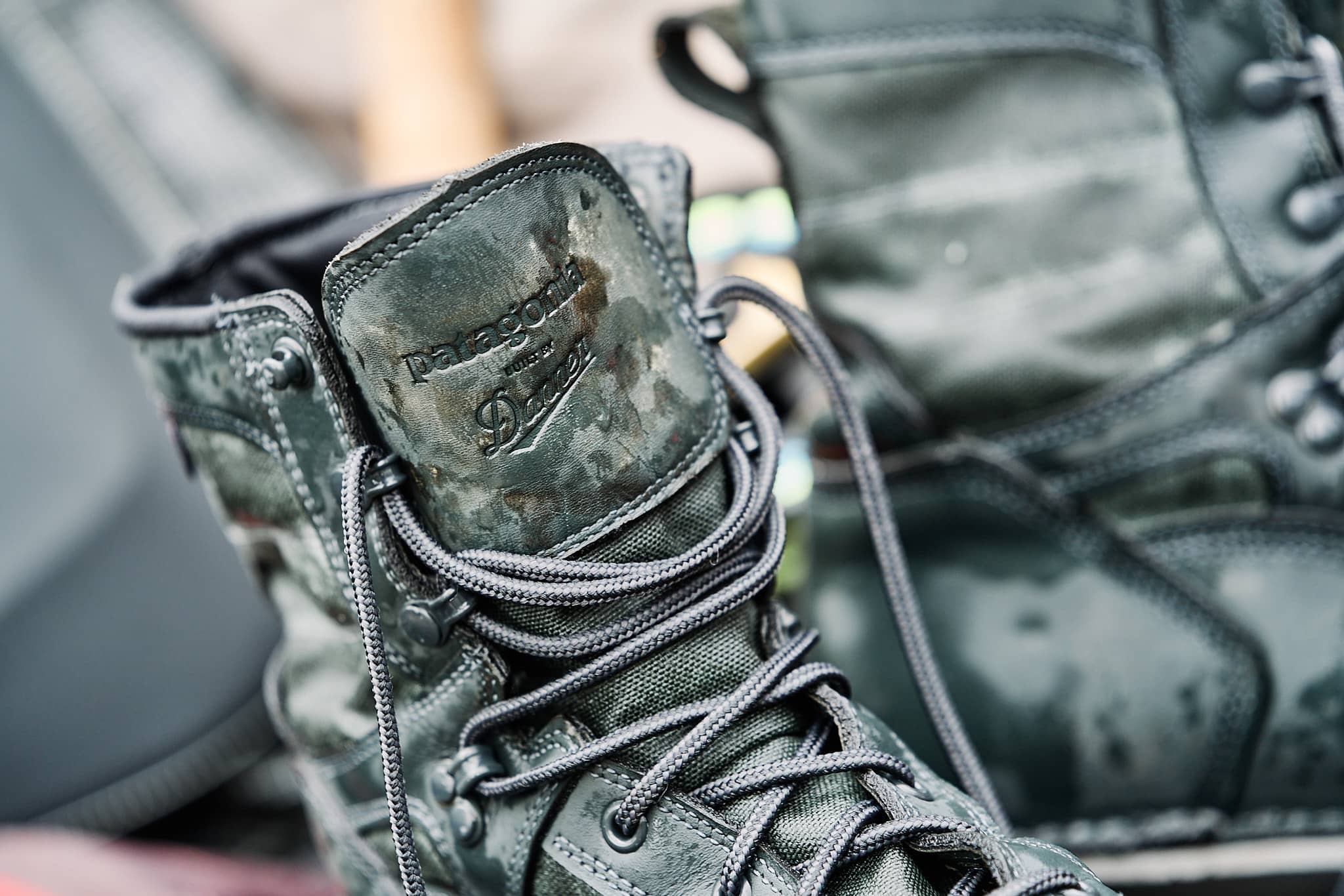
I live near the Olympic Peninsula on the Puget Sound in Washington state. I’m lucky to have salt and freshwater fishing close to home. I put my Patagonia/Danner boots through the wringer and they’re holding up better than I expected.
Fishing along the beaches of Puget Sounds means shells, jagged barnacle covered rocks, and the destructive force of saltwater. After six months of weekly outings, these boots are barely showing any sign of wear. So far, they’re living up to both Patanogia’s and Danner’s promise of quality. For $500, they better.
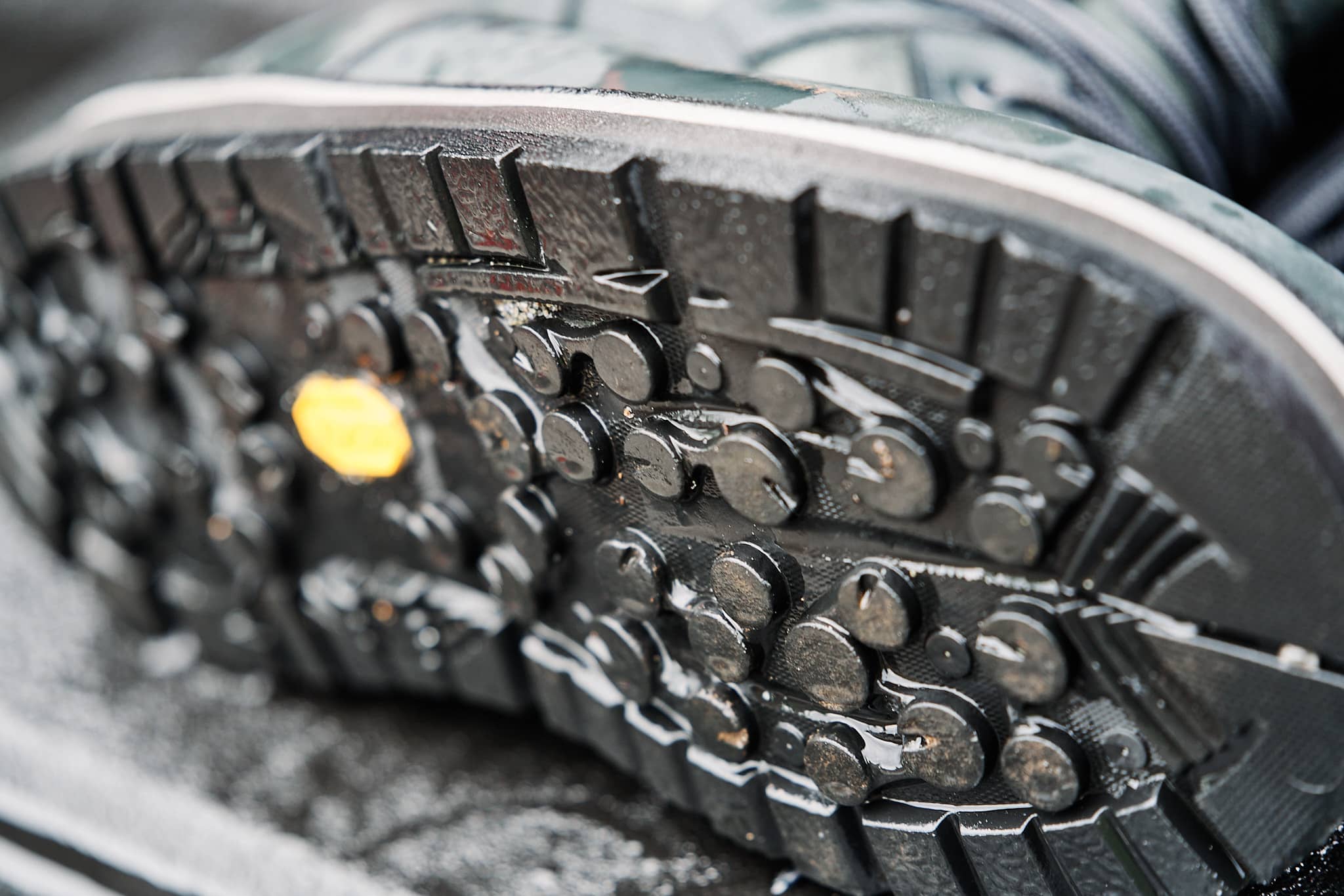
I don’t consider myself a casual angler. I’m somewhere between avid and obsessed. I live within a mile of saltwater which means I’m able to spend more time chasing fish. On average, I try to get out on the water at least twice a week, sometimes more. My shorter outings are usually close to home in saltwater, chasing resident Coho, or Sea Run Cutthroat Trout. Weekends usually take me somewhere on the Olympic Peninsula or to freshwater in the Cascade Mountains.
All of this means that I have put the Patagonia Foot Tractor Boots through its paces. With regular cleaning and care, I’m confident that these boots are going to be with me for many years. And when I eventually wear out the soles, Danner will be waiting with a new set.
So, we’re back to the main question – do the Patagonia Foot Tractor Wading Boots have a place in my fly fishing gear? Absolutely. But you can live without them, and will probably catch just as many fish if you can’t justify the investment.
$500+, depending on the model, buys you an insanely comfortable American made boot that’s backed with some of the best product warranties you will find in the outdoor industry. The ability to resole the boots means that there’s a good chance that they will outperform your needs 95% of the time.
Buying the Foot Tractors also supports Patagonia, which is one of the leaders in fighting for wild fish and protecting and preserving natural resources. If lending my support to Patagonia’s work means throwing in a little more cash towards quality boots and other gear, and I’m not breaking the bank, I’m happy to do it.
We have some amazing stories that we’re excited to share with you. We’ll never share your contact information outside of Wild Human. You can expect roughly a few emails per month.

There’s no shortage of different types of lanterns and headlamps to choose from. So, we reviewed the Barebones Living Railroad Lantern to see if it’s worth our dollars and yours.
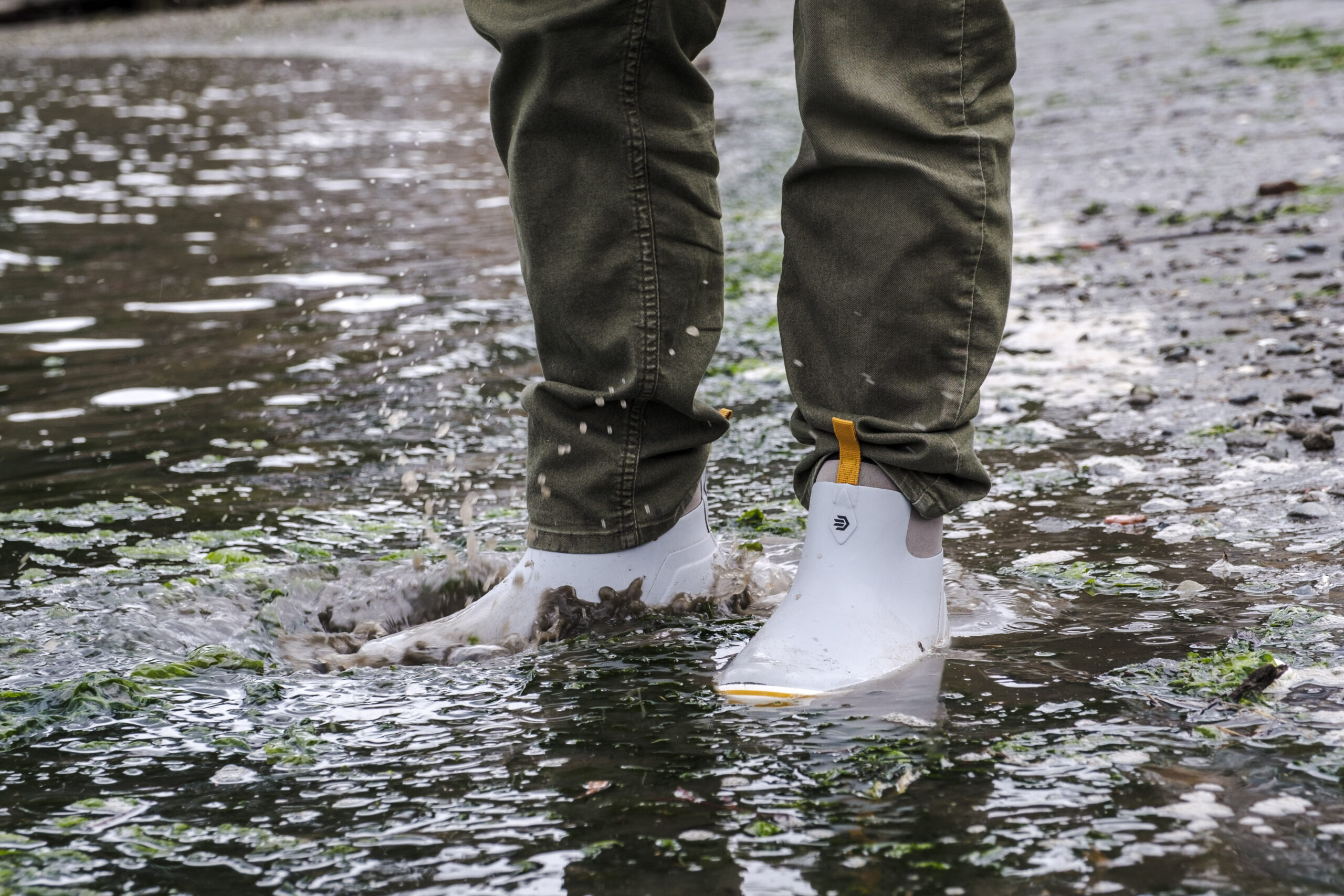
There are plenty of other options to choose from, but save yourself some time and just buy the LaCrosse Alpha Deck Boots. Their shape feels more like a shoe which I didn’t even know I wanted in a boot.
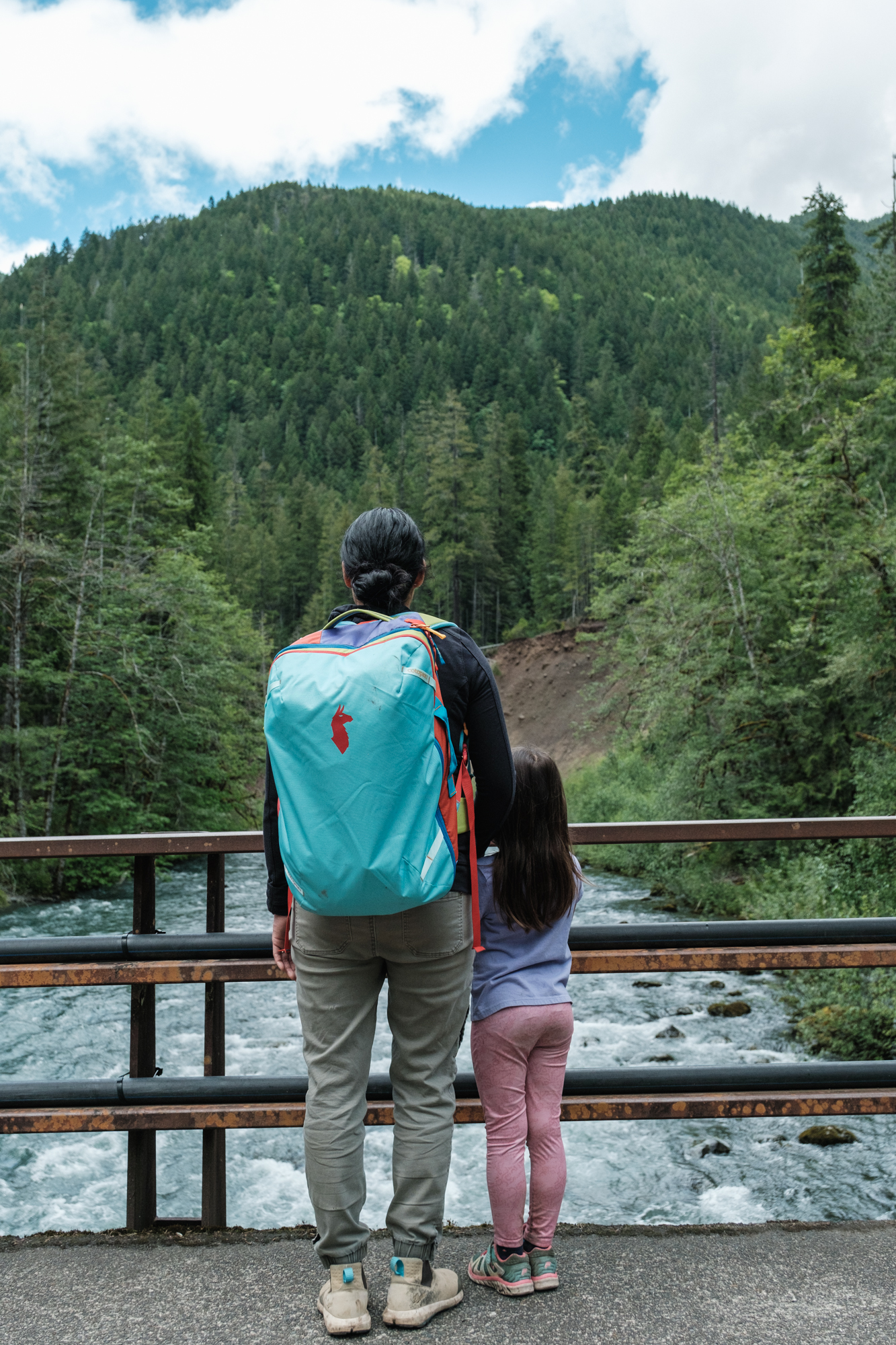
Cotopaxi’s Allpa 35L pack is a convenient and well-thought-out option for travelers who want organization and comfort. And, it might just be one of the best unintentional diaper bags on the market.
I really wanted to love these boots. I love the concept. They are very comfortable. The down side is the metal bar system does not work for me. I’ve fallen 3 times – slipping in mossy and mossy, rocky conditions in the Rideau River at Strathcona (Ottawa) and in the Gander River, Newfoundland most recently. Good thing I had packed my old trusty Orvis Encounter Boots with gnarly studs! My Danner-Patagonia sat in the lodge for 7 days, useless weight that I carried with me on my flights! I will be removing the bars and putting studs in their place.… Read more »
Bummer! I know the feeling when I want something to work and it just doesn’t. Especially something this expensive. I do know that the bars aren’t great for all situations. Some people swear by the bars, but I’ve had the best experience with just the sole and the studs. Stay safe. Thanks for reading. Good luck on the water!